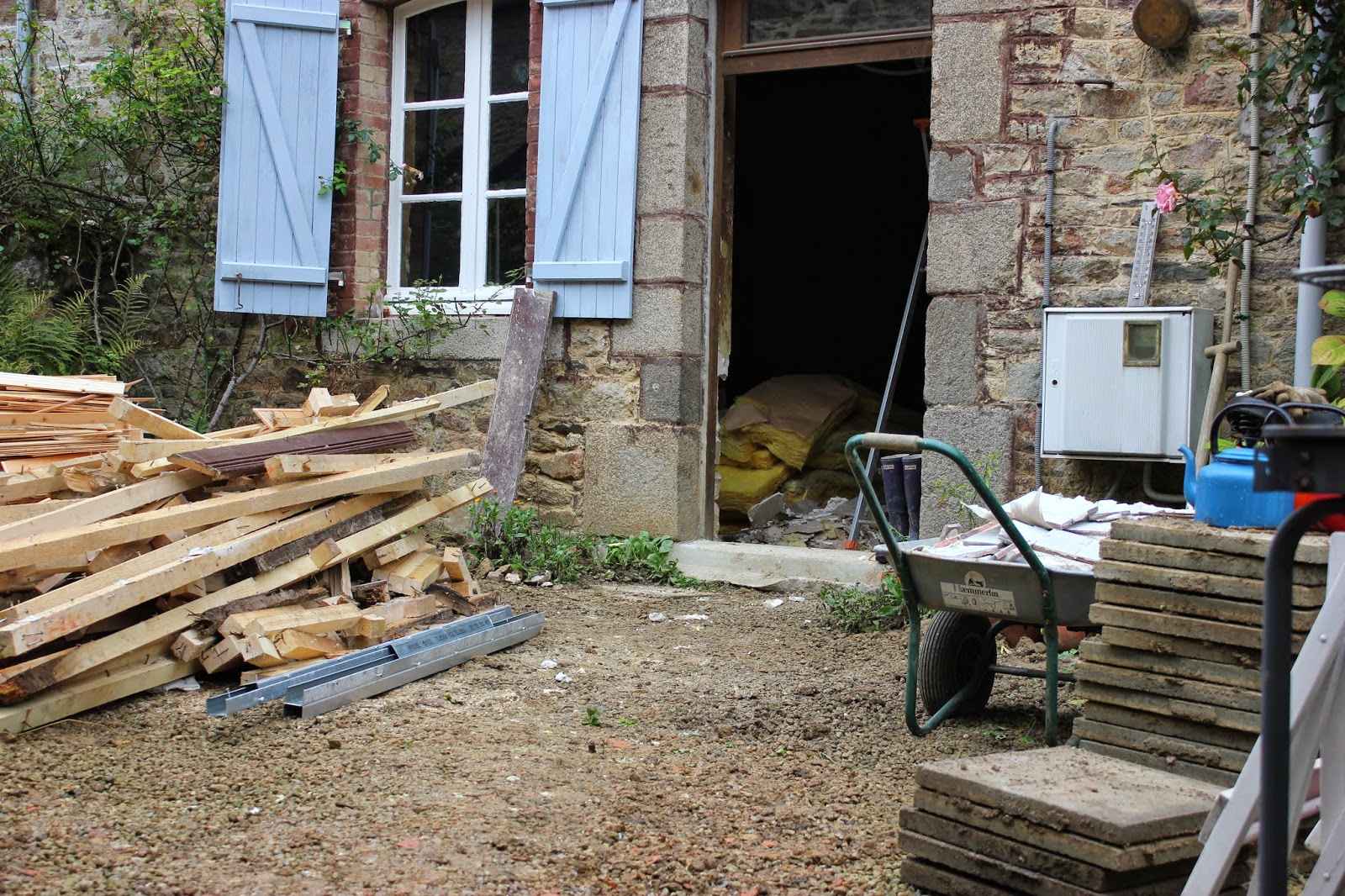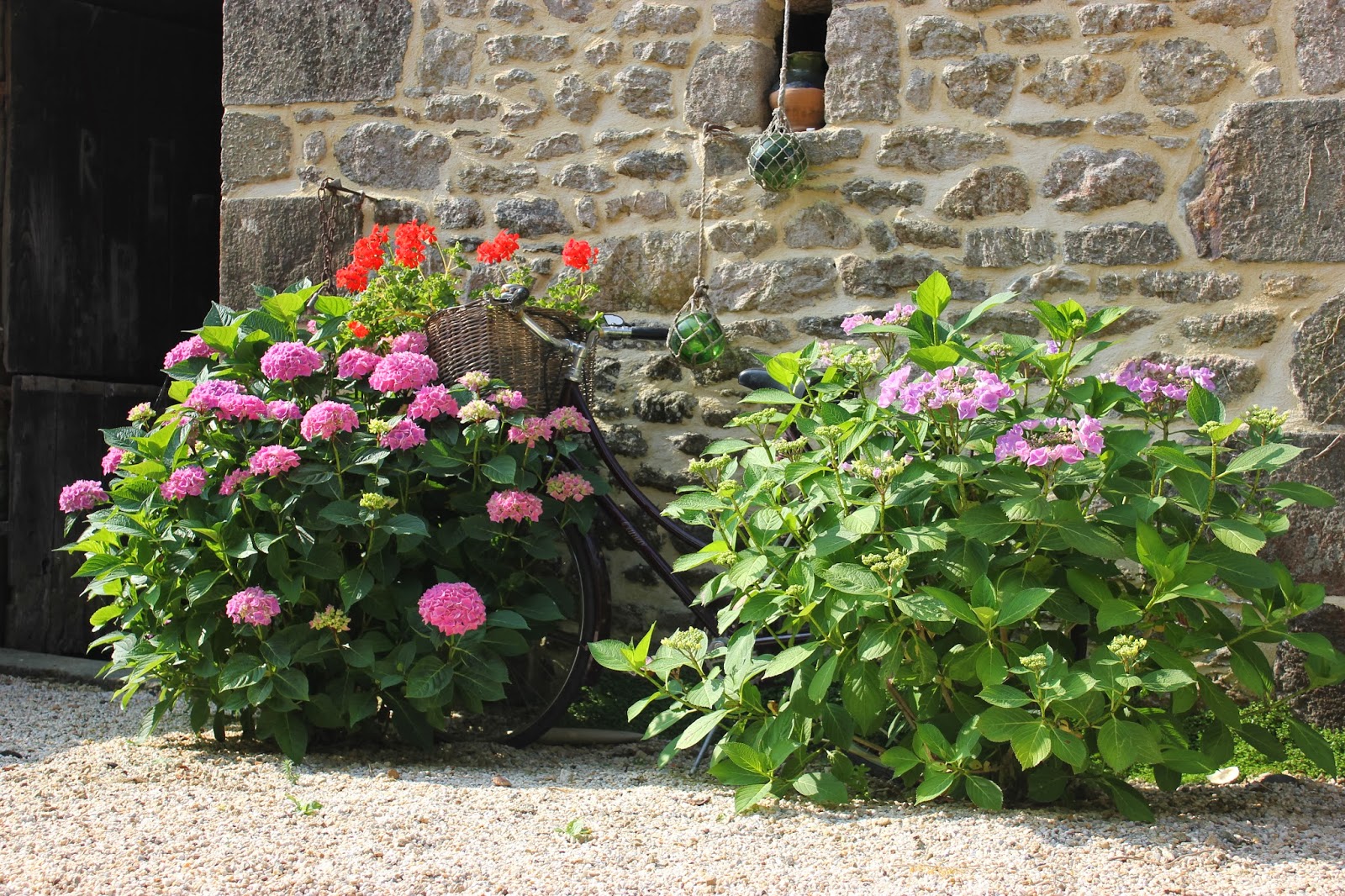So I have this barn and the renovation project to turn it
into a music studio / chill out space / man
cave, is going well although it has
proved to be a lengthy project. The issue which has been occupying many waking
moments has been what to do about the pigeon holes. Sometime in antiquity
someone cut small holes through the barn walls to create nests for pigeons,
there were wooden nesting boxes inside the barn against each hole but they
rotted or were eaten by woodworm a long time ago. Maybe people used to eat
pigeon eggs in those days or maybe they ate pigeons. Either way, I now have
these holes, eight of them, all different shapes and sizes, but all of them too
small to describe as windows. They are quite beautiful at night though,
throwing pin pricks of light into the courtyard when the light is lit in the
barn, so I wanted to keep them but I needed to put glass in there somehow.
Lots of readers came up with suggestions and I tried several
methods myself. Problem was that the holes were all different and hardly
geometric. Added to that, I had to cope with the fact that the walls are about
one metre thick so the holes are actually more like tunnels. The size of hole
on the inside often has no relationship with the size of the hole at the other
end of the tunnel.
One solution was to fix rectangular sheets of Perspex to the
inside wall covering the hole. It didn’t look good. I attempted to make
templates and have the glass cut to size, but working out the shape of each
hole was too difficult and anyway glass cutters like to cut straight lines and
there weren’t any straight lines on any of the templates I made.
 A good internet friend suggested coloured glass and for a
while I experimented with glass disks cut from old wine bottles bases ( I have
plenty of these) but wine bottles tend to be circular and standard sizes and my
holes are anything but that.
A good internet friend suggested coloured glass and for a
while I experimented with glass disks cut from old wine bottles bases ( I have
plenty of these) but wine bottles tend to be circular and standard sizes and my
holes are anything but that.
Another option was to chip away with a cold chisel to make
the holes fit the glass, that didn't work either. It was easy enough to take a
stone or two out and enlarge the hole but all it gave was a bigger asymmetrical
hole – nothing that would take a round or rectangular piece of glass. There was
also a problem about fixing the glass in place. Some holes were no bigger than
my fist so I couldn't do any work inside the tunnel.
The solution turned out to be a special glass made in Italy.
Now I know what you’re thinking – ‘What has this to do with frugality? Sounds
like an expensive solution.’
Well, read on. The ‘special Italian glass’ came in the form
of food storage containers for fridges. You can buy them in supermarkets and
discount stores ranging in price from 3 Euros for the small ones to 6 Euros for
a container large enough to fill the largest hole. They are oven proof and have
‘Made in Italy’ stamped on the base. They are easy to plaster into the holes
too because they have depth – in effect they are glass bricks. Push one into
the hole and plaster around - job done. Special bespoke Italian glass. Neat!
Now this barn faces south – gable ends are east and west.
Three holes in the eastern gable end. It is part of a property known locally as
a ‘cod house’ built out of money earned by fishermen hunting Cod in
Newfoundland. So the barn has a maritime link despite its agricultural intent.
In honour of this fact, I intend to paint two of the glass holes in the eastern
gable red and green – port and starboard navigation lights, the central hole
will be clear glass as a steaming light in accordance with the International
Regulations for the Prevention of Collision at Sea. In effect, once the wood
burning stove is installed, fired up, and the lights are turned on, this barn will be
steaming in a generally easterly direction and will be appropriately lit to
comply with maritime law. Cool or What?
David





































